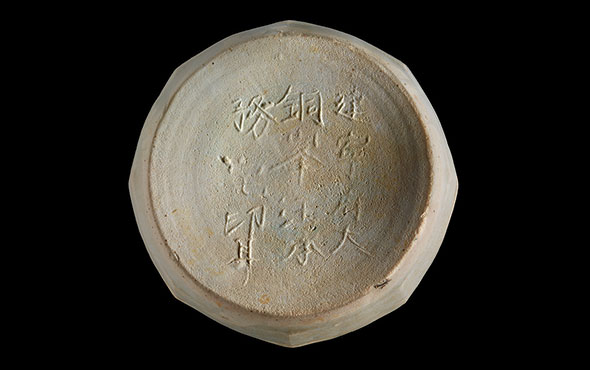
LONDON, ENGLAND—Joanne Dyer of the British Museum led a team of researchers who used multispectral imaging and digital microscopy to analyze a 1,700-year-old child’s sock recovered from a dump in Antinoupolis, a city in Roman Egypt, according to a report in The Guardian. The sock, shaped for the left foot with a separate section for the big toe, was fashioned from wool yarn in six or seven colors with a single-needle looping technique. The non-invasive tests revealed the wool for the tiny garment had been dyed with madder, woad, and weld to create the colors red, blue, and yellow, respectively. Double and sequential dying and weaving, and twisting the fibers, produced the sock’s different colored stripes. For more on the use of pigments in ancient Egypt, go to “Hidden Blues.”










